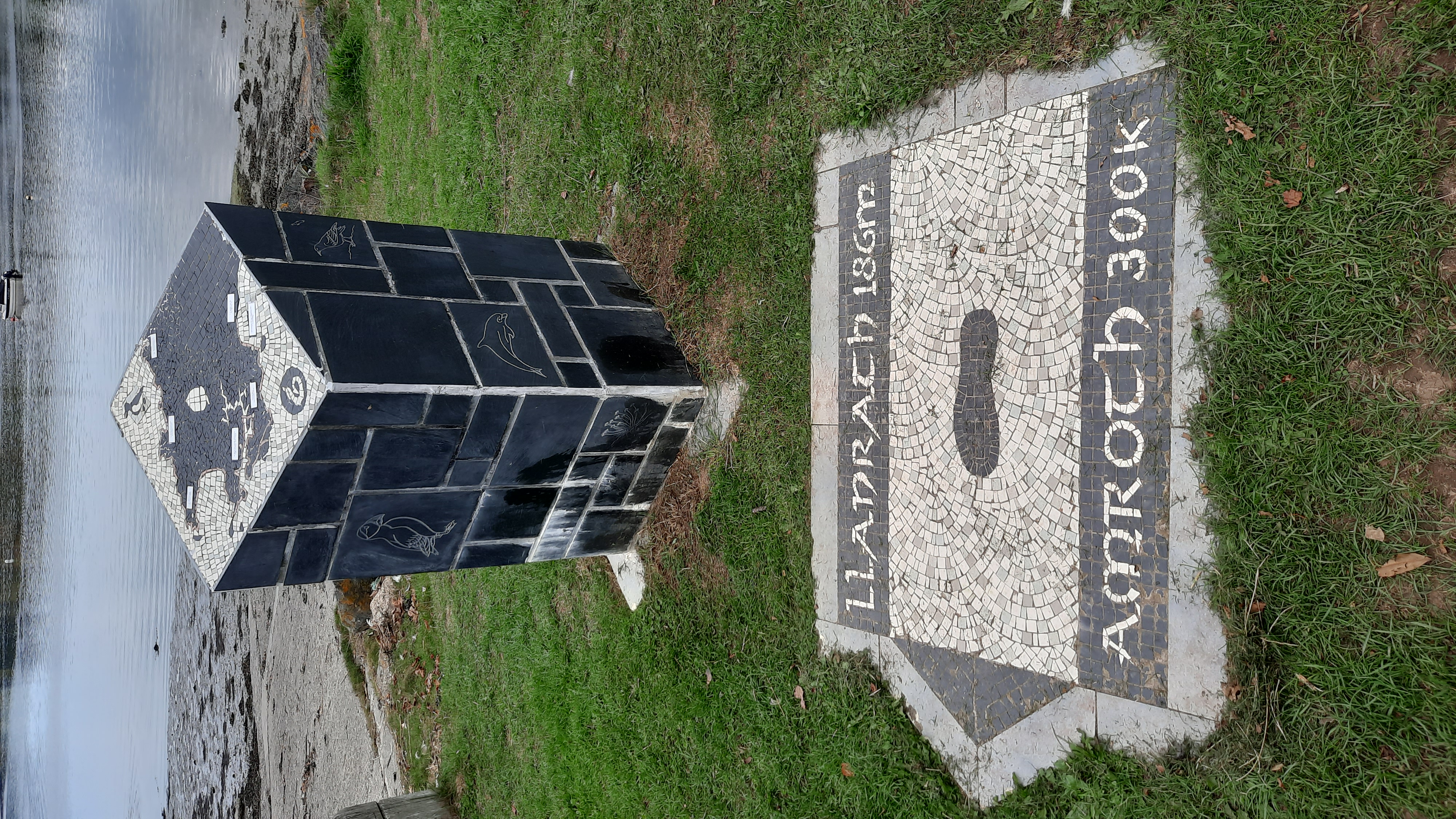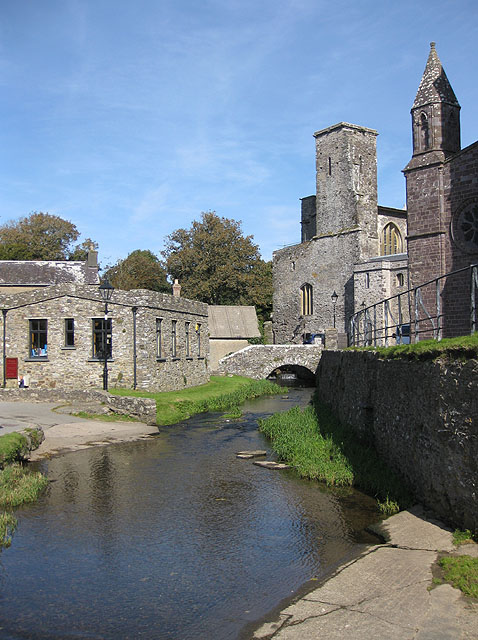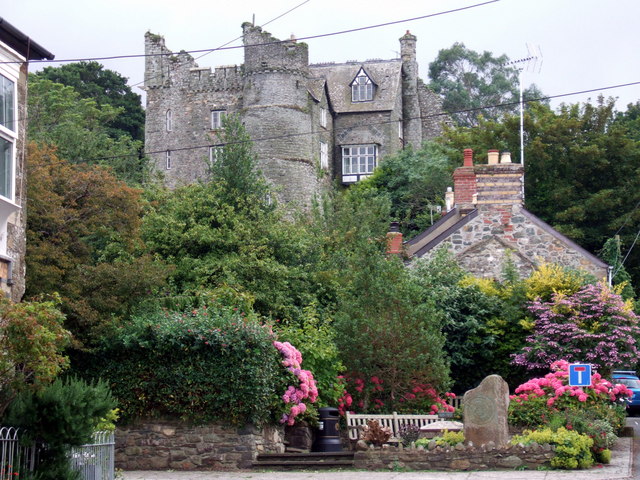|
Pembrokeshire County Council Election, 1999
Elections to Pembrokeshire County Council were held on 6 May 1999. It was preceded by the 1995 election and followed by the 2004 election. On the same day there were the first elections to the Welsh Assembly and elections to the other 21 local authorities in Wales and community councils in Wales. All council seats were up for election. Overview Boundary changes were introduced at this election. In the main, however, these resulted in the splitting of multi-member wards in urban areas into single-member wards. The Independents retained control of the authority although there was an increased number of party candidates. Most notably, the Conservative Party fielded a large slate of candidates for the first time. Three of these candidates were successful. Unopposed Returns There were comparatively few unopposed returns, partly as a result of the increasingly politicised nature of the election. Gains and Losses As number of seats changed hands, including several cases w ... [...More Info...] [...Related Items...] OR: [Wikipedia] [Google] [Baidu] |
Pembrokeshire County Council
Pembrokeshire County Council ( cy, Cyngor Sir Penfro) is the governing body for Pembrokeshire, one of the Principal Areas of Wales. Political control The first election to the council was held in 1995, initially operating as a shadow authority before coming into its powers on 1 April 1996. Since 1996 the majority of the seats on the council have always been held by independent councillors, with different groupings forming among the independents at different times. Elections normally take place every five years. The last elections were on 5 May 2022. The 2021 elections were postponed to 2022 to avoid a clash with the 2021 Senedd election. Leadership The leaders of the council since 1996 have been: David Simpson was elected as the new council leader on 25 May 2017, after the previous leader Jamie Adams had withdrawn from the contest. The council had previously been controlled by the Independent Plus Political Group (IPPG), of which Adams was a member, but their numbers w ... [...More Info...] [...Related Items...] OR: [Wikipedia] [Google] [Baidu] |
Johnston, Pembrokeshire
Johnston is a village, parish and community in the former hundred of Roose, Pembrokeshire, Wales, and a parish in the diocese of Diocese of St David's. It lies on the A4076 road approximately midway between Haverfordwest and the port of Milford Haven and is served by Johnston railway station. Until the end of the 19th century, anthracite was mined here. The village is now a dormitory for Haverfordwest and Milford Haven. The parish church has the typical tall, slim castellated tower of churches in the largely English-speaking south of Pembrokeshire, sometimes known as "Little England beyond Wales". The village is just over 1 mile long and almost a mile wide from the furthest main points. History Johnston was founded as a small farming and mining village sometime before 1801 when 99 people lived in the village. Maps from 1579 show Johnston as an already established village. The population steadily grew to 600 in 1951 and almost doubled in the next 10 years to 1,133. Since th ... [...More Info...] [...Related Items...] OR: [Wikipedia] [Google] [Baidu] |
St Ishmael's
St Ishmaels or St Ishmael's ( cy, Llanismel) is a village, parish and community close to the Milford Haven Waterway in Pembrokeshire, Wales. The community comprises most of the parish of St Ishmaels and had a population of 478 at the 2011 census. The ward includes the communities of Herbrandston, Dale and Marloes and St. Brides. The community was subsequently merged with other communities and only the ward remained with the name St Ishmael's. This covers the entire peninsula with at total population at the 2011 census of 1,405. The parish church of Saint Ismael ( cy, Isfael) is below the village, hidden in a small valley near the Haven. In the Age of the Saints, it may have been the seat of the bishop of the cantref of Rhos. Llanismael was considered one of the principal dioceses of Dyfed under medieval Welsh law, second only to Menevia (modern St Davids). With the Norman conquest, St Ishmaels became part of the Lordship of Haverfordwest. The church is a grade II listed bui ... [...More Info...] [...Related Items...] OR: [Wikipedia] [Google] [Baidu] |
St Dogmaels
St Dogmaels ( cy, Llandudoch) is a village, parish and community in Pembrokeshire, Wales, on the estuary of the River Teifi, a mile downstream from the town of Cardigan in neighbouring Ceredigion. A little to the north of the village, further along the estuary, lies Poppit Sands beach. The parish includes the small settlement of Cippyn, south of Cemaes Head. Name The English and Welsh names seem to bear no similarity, but it has been suggested that possibly both names refer to the same saint or founder Dogmael (Dogfael), with ‘mael’ (prince) and ‘tud’ (land or people of) being added to Dog/doch as in ''Dog mael'' and ''Tud doch''. It is the current standard usage not to have a full-stop after the 'St' or an apostrophe in 'Dogmaels'. History St Dogmaels Abbey is 12th-century Tironesian and was one of the richer monastic institutions in Wales. Adjacent to the abbey ruins is the parish church (Church in Wales) of St Thomas, which appears successively to have occupie ... [...More Info...] [...Related Items...] OR: [Wikipedia] [Google] [Baidu] |
St David's
St Davids or St David's ( cy, Tyddewi, , "David's house”) is a city and a community (named St Davids and the Cathedral Close) with a cathedral in Pembrokeshire, Wales, lying on the River Alun. It is the resting place of Saint David, Wales's patron saint, and named after him. St Davids is the United Kingdom's smallest city in population (just over 1,600 in 2011) and urban area (the smallest city by local authority boundary area being the City of London). St Davids was given city status in the 12th century. This does not derive automatically from criteria, but in England and Wales it was traditionally given to cathedral towns under practices laid down in the early 1540s, when Henry VIII founded dioceses. City status was lost in 1886, but restored in 1994 at the request of Queen Elizabeth II. History Early history Although the surrounding landscape is home to a number of Palaeolithic, Bronze Age and Iron Age sites, archaeological evidence suggests that Pembrokeshire was ... [...More Info...] [...Related Items...] OR: [Wikipedia] [Google] [Baidu] |
Rudbaxton
Rudbaxton is a village, parish and a local government community in the county of Pembrokeshire, Wales. It is from Cardiff and from London. Description The community includes the expanding village of Crundale and the settlements of Poyston Cross, Bethlehem and Rudbaxton Water. In 2011, the population of Rudbaxton was 768 with 18.2 per cent able to speak Welsh and in 2015 the population was estimated at 850 in 450 dwellings. History Rudbaxton parish was in the hundred of Dungleddy, a corruption of the Welsh for ''two Cleddau'', referring to the Eastern and Western Cleddau rivers, which form part of the parish boundary. The Haverfordwest to Fishguard turnpike (now the A40) ran through the western half of the parish. It appeared as ''Redbaxton'' on a 1578 parish map of Pembrokeshire. Once entirely rural and agricultural, the former parish now includes the northeastern part of the expanding county town of Haverfordwest, and is in the parish of Daugleddau in the Diocese of St David ... [...More Info...] [...Related Items...] OR: [Wikipedia] [Google] [Baidu] |
Newport, Pembrokeshire
Newport ( cy, Trefdraeth, meaning: "town by the beach") is a town, parish, community, electoral ward and ancient port of ''Parrog'', on the Pembrokeshire coast in West Wales at the mouth of the River Nevern ( cy, Afon Nyfer) in the Pembrokeshire Coast National Park. A popular tourist destination, Newport town straddles the Fishguard to Cardigan (A487) road, while the old port area hosts beach, water and other activities. History The town was founded by the Norman William FitzMartin (c. 1155 – 1209) in about 1197. He was a son-in-law of the Lord Rhys, who nevertheless expelled him from his former base at nearby Nevern, which had been established by his father Robert fitz Martin. William founded Newport as the new capital of the Marcher Lordship of Cemais and it was a busy port founded primarily on the growing medieval wool trade. Despite seizure from the native Welsh, it remained within the FitzMartin family until the death of William, the 2nd Lord Martin, who died withou ... [...More Info...] [...Related Items...] OR: [Wikipedia] [Google] [Baidu] |
Narberth (electoral Ward)
Narberth is the name of an electoral ward in Pembrokeshire, Wales. Since 1995 it has elected one councillor to Pembrokeshire County Council. The current Narberth county ward covers the immediate built-up area of the town of Narberth, matching the boundaries of the town/community ward of Narberth Urban. The remainder of the Narberth community (encircling the town) together with the Templeton community forms the Narberth Rural ward. The Narberth ward population, according to the 2011 Census, was 1,923. Dyfed County Council Prior to 1996 Narberth was a county ward to Dyfed County Council (abolished 1996), electing one councillor at the 1989 and 1993 elections. The ward also covered Lampeter Velfrey and Martletwy. Pembrokeshire County Council Since 1995 Narberth has been an electoral ward to Pembrokeshire County Council, electing one county councillor. [...More Info...] [...Related Items...] OR: [Wikipedia] [Google] [Baidu] |
Manorbier
Manorbier (; cy, Maenorbŷr ) is a village, community and parish on the south coast of Pembrokeshire, Wales. The name means the ' Manor of Pŷr'. The community includes Jeffreyston and Lydstep. An electoral ward with the same name exists. It stretches inland to St Florence and at the 2011 Census, the population was 2,083. The area is served by the West Wales Line stopping at Manorbier railway station. Manorbier is within the Pembrokeshire Coast National Park and is a popular tourist attraction with Manorbier Castle, St James's Church, the sandy beach, cliffs, and part of the Wales Coast Path. History Fossils can be found along the stream bed, although some are of poor quality, and along the cliffs to the side of the beach the rock formations are revealed as vertical beds. The evidence of early human habitation consists of many flint microliths from the Mesolithic and Neolithic ages, housed in local museums. The cromlech known as the King's Quoit is south of Manorbie ... [...More Info...] [...Related Items...] OR: [Wikipedia] [Google] [Baidu] |
Maenclochog
Maenclochog () is a village, parish and Community (Wales), community in Pembrokeshire, south-west Wales. It is also the name of Maenclochog (electoral ward), an electoral ward comprising a wider area of four surrounding communities. Maenclochog Community includes the small settlement of Llanycefn () and the village of Rosebush, Pembrokeshire, Rosebush. The Maenclochog community population was 731 in 2011. Maenclochog lies south of the Preseli Hills, about one mile southeast of Rosebush on the B4313 Narberth, Pembrokeshire, Narberth to Fishguard road. Origin of the name The origin of the name Maenclochog is unclear. It appears to be made up of two Welsh words, ''maen'' ("stone") and ''clochog'' ("noisy, clamorous"). A local tale reports that there were stones near Ffynnon Fair ("Mary's Well"), to the south of the village, which rang like bells when struck, but these were blown up by treasure-hunters, in the mistaken belief that they concealed a golden treasure. This may repres ... [...More Info...] [...Related Items...] OR: [Wikipedia] [Google] [Baidu] |
Llangwm, Pembrokeshire
Llangwm (; ) is a small village, parish and community of around 450 properties situated on the Llangwm Pill off the River Cleddau estuary near Haverfordwest, Pembrokeshire, Wales. It has a history of mining and fishing and is in the largely English-speaking south of the county. History The parish was in the hundred of Roose, at the heart of Little England beyond Wales, and has been largely English-speaking since the 12th century, when it was settled by Flemish immigrants. Flemish occupation is under investigation by Dyfed Archaeological Trust, but the Trust's investigations have also uncovered evidence of occupation in the late Mesolithic period of the Stone Age, some 6,000 to 8,000 years ago. Llawgwm was part of a discontiguous subsidiary manor of Walwyn's Castle, having its caput at Benton Castle nearby, in the coastal woodland to the south east of Llawgwm. Principal occupations in the early 19th century were oyster fishing and coal production; coal was shipped from Hook. Gov ... [...More Info...] [...Related Items...] OR: [Wikipedia] [Google] [Baidu] |






